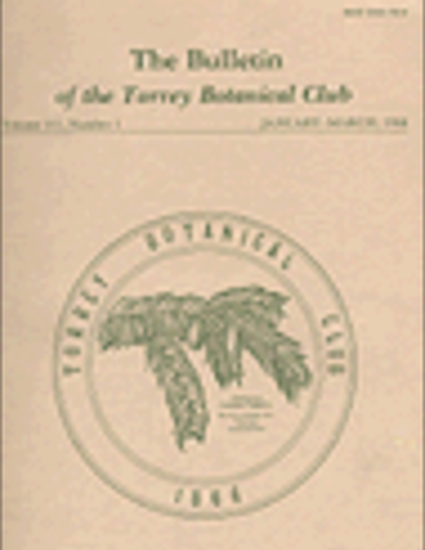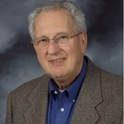
Article
Seed Longevity and Mechanisms of Regeneration of Eastern Red Cedar (Juniperus virginiana L.)
Bulletin of the Torrey Botanical Club
(1984)
Abstract
The existence of a red cedar (Juniperus virginiana L) seed bank was investigated by conducting germination tests on soil samples collected from a series of red cedar stands of increasing age and with increasing distances from fruiting red cedar trees in southwest Virginia. The propagule shadow around the fruiting trees was compared to the red cedar seed bank Seed longevity was determined by a burial experiment A red cedar seed bank was largely absent. Seedling emergence from soil samples collected at 0 and 3 m from fruiting red cedar trees represented only 4 and 8%, respectively, of the propagule shadows at these locations Viability and fullness of buried seeds declined exponentially over time; only 55% of the seeds were viable after 14 months. The open habitat in which red cedar occurred prior to European settlement may provide an explanation for the absence of prolonged dormancy in this species. Widespread avian dispersal of seeds, combined with a tolerance for xeric conditions, may explain the rapid spread of red cedar to abandoned pastures so common in post-settlement landscapes of eastern North America
Disciplines
Publication Date
1984
DOI
10.2307/2996014
Citation Information
Terry L. Sharik. "Seed Longevity and Mechanisms of Regeneration of Eastern Red Cedar (Juniperus virginiana L.)" Bulletin of the Torrey Botanical Club Vol. 111 Iss. 2 (1984) p. 153 - 158 Available at: http://works.bepress.com/terry_sharik/152/
